Which cruise system gives minimum fuel consumption during cruise between top of ? [ Control visibility ]
Question 83-1 : Maximum range maximum endurance holding long range
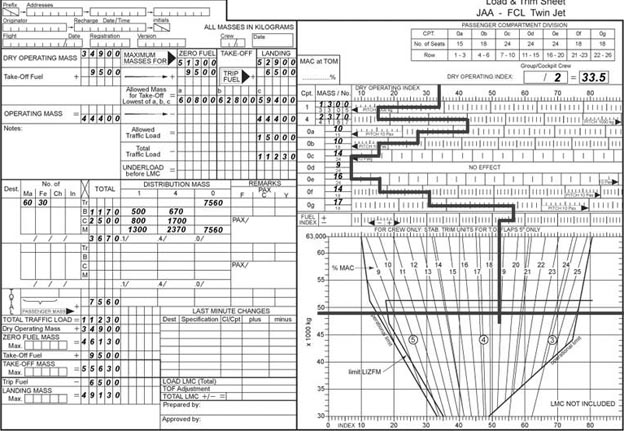 Maximum range.
Maximum range. A twin jet aeroplane is in cruise with one engine inoperative and has to ?
Question 83-2 : Of greatest lift to drag ratio giving the lowest cl/cd ratio giving the highest cd/cl ratio for long range cruise
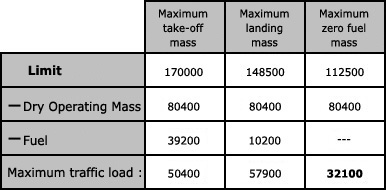 Of greatest lift-to-drag ratio.
Of greatest lift-to-drag ratio. A four jet engine aeroplane mass = 150 000 kg is established on climb with all ?
Question 83-3 : 12 86% 1 286% 27% 7 86%
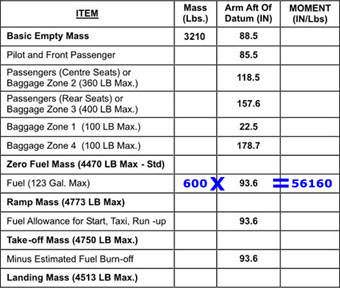 12.86%.
12.86%. The long range cruise speed is in relation to the speed for maximum range cruise ?
Question 83-4 : Higher lower depending on the oat and net mass depending on density altitude and mass
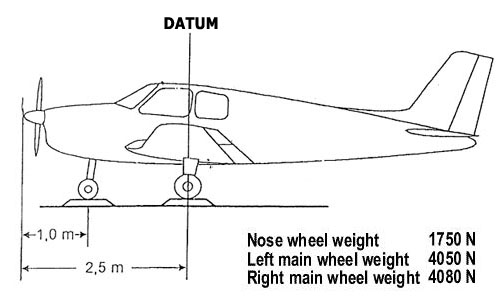 Higher.
Higher. Field length is balanced when ?
Question 83-5 : Take off distance available equals accelerate stop distance available calculated v2 is less than 110% vmca and v1 all engine acceleration to v1 and braking distance for rejected take off are equal one engine acceleration from v1 to vlof plus flare distance between vlof and 35 feet are equal
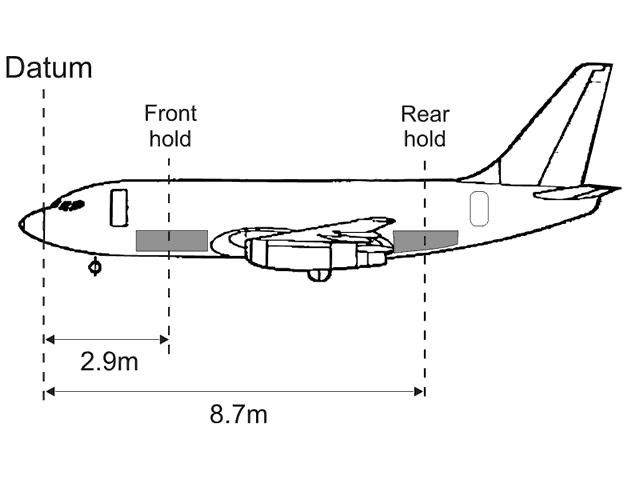 Take-off distance available equals accelerate stop distance available.
Take-off distance available equals accelerate stop distance available. The second segment begins ?
Question 83-6 : When landing gear is fully retracted when flap retraction begins when flaps are selected up when acceleration starts from v2 to the speed for flap retraction
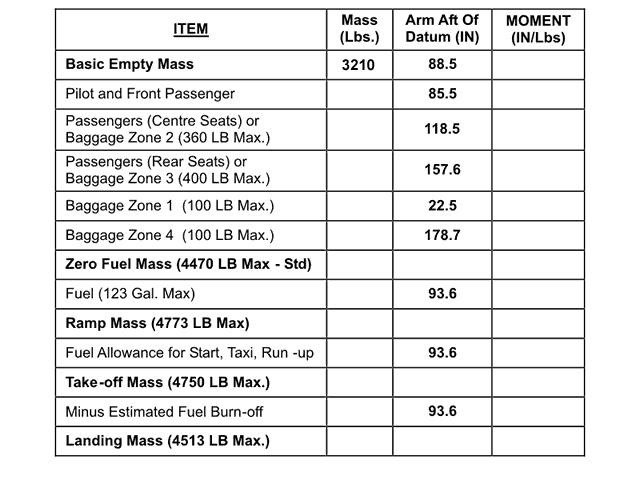 When landing gear is fully retracted.
When landing gear is fully retracted. An aeroplane operating under the 180 minutes etops rule may be up to ?
Question 83-7 : 180 minutes flying time from a suitable airport in still air with one engine inoperative 180 minutes flying time from a suitable airport under the prevailing weather condition with one engine inoperative 180 minutes flying time from suitable airport in still air at the normal cruising speed 90 minutes flying time from the first enroute airport and another 90 minutes from the second enroute airport in still air with one engine inoperative
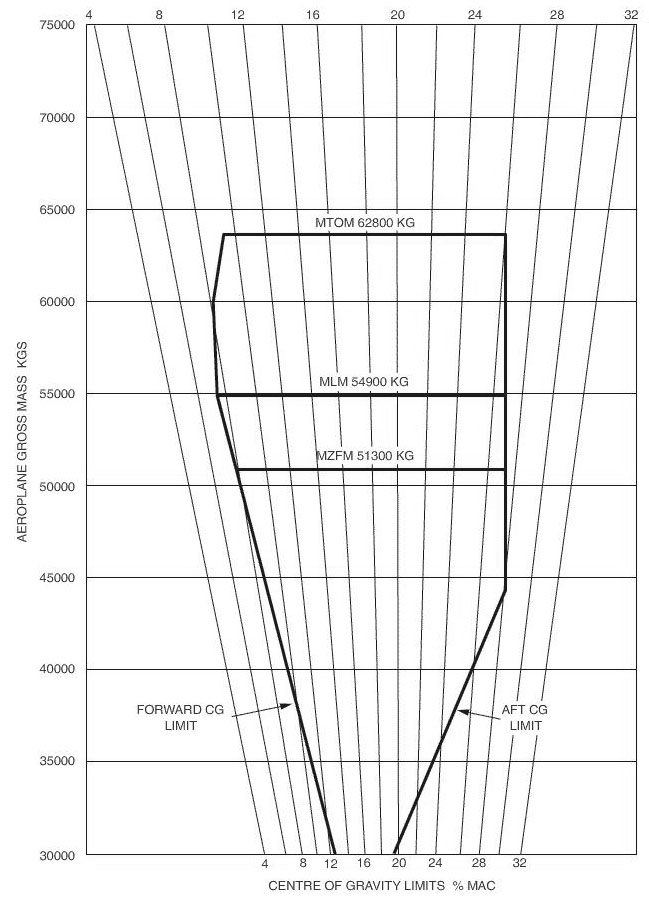 180 minutes flying time from a suitable airport in still air, with one engine inoperative.
180 minutes flying time from a suitable airport in still air, with one engine inoperative. Etops flight is a twin engine jet aeroplane flight conducted over a route where ?
Question 83-8 : 60 minutes flying time in still air at the approved one engine out cruise speed 60 minutes flying time in still air at the normal cruising speed 30 minutes flying time at the normal cruising speed 75 minutes flying time at the approved one engine out cruise speed
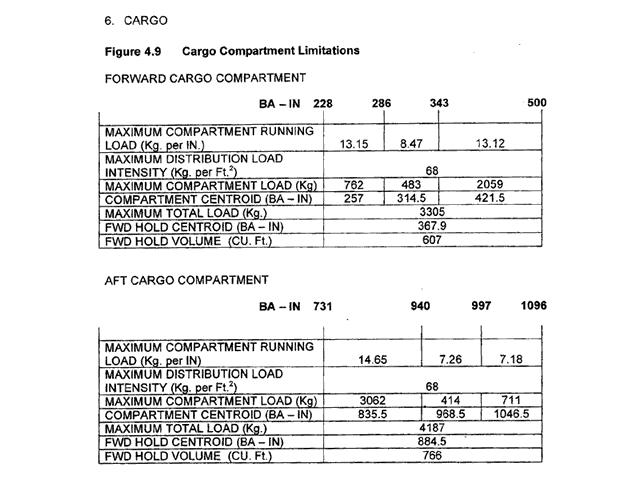 60 minutes flying time in still air at the approved one engine out cruise speed.
60 minutes flying time in still air at the approved one engine out cruise speed. At reference or see performance manual mrjt 1 figure 4 24 .with regard to the ?
Question 83-9 : Because at this mass it takes about 3 minutes to decelerate to the optimum speed for drift down at the original cruising level all the curves start at the same point which is situated outside the chart because at this mass the engines slow down at a slower rate after failure there is still some thrust left during four minutes due to higher tas at this mass it takes more time to develop the optimal rate of descent because of the inertia involved
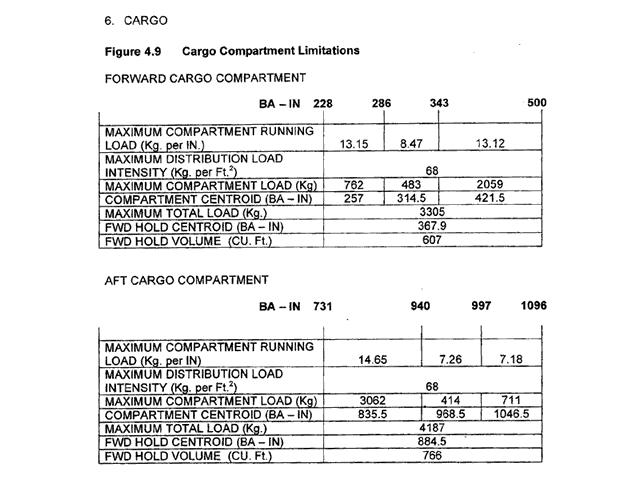 Because at this mass it takes about 3 minutes to decelerate to the optimum speed for drift down at the original cruising level.
Because at this mass it takes about 3 minutes to decelerate to the optimum speed for drift down at the original cruising level. At reference or see performance manual mrjt 1 figure 4 5 .with regard to the ?
Question 83-10 : The engines are pressure limited at lower temperature at higher temperatures they are temperature limited at higher temperatures the vmbe determines the climb limit mass at lower temperatures one has to take the danger of icing into account at higher temperatures the flat rated engines determines the climb limit mass
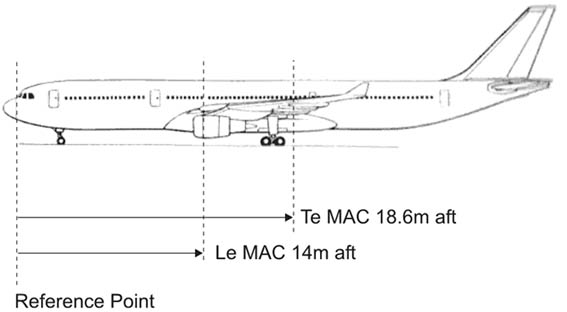 The engines are pressure limited at lower temperature, at higher temperatures they are temperature limited.
The engines are pressure limited at lower temperature, at higher temperatures they are temperature limited. At reference or see performance manual mrjt 1 figure 4 5 .consider the take off ?
Question 83-11 : The climb limit performances are taken relative to the air the effect of the wind must be taken from another chart there is no effect of the wind on the climb angle relative to the ground there is a built in safety measure
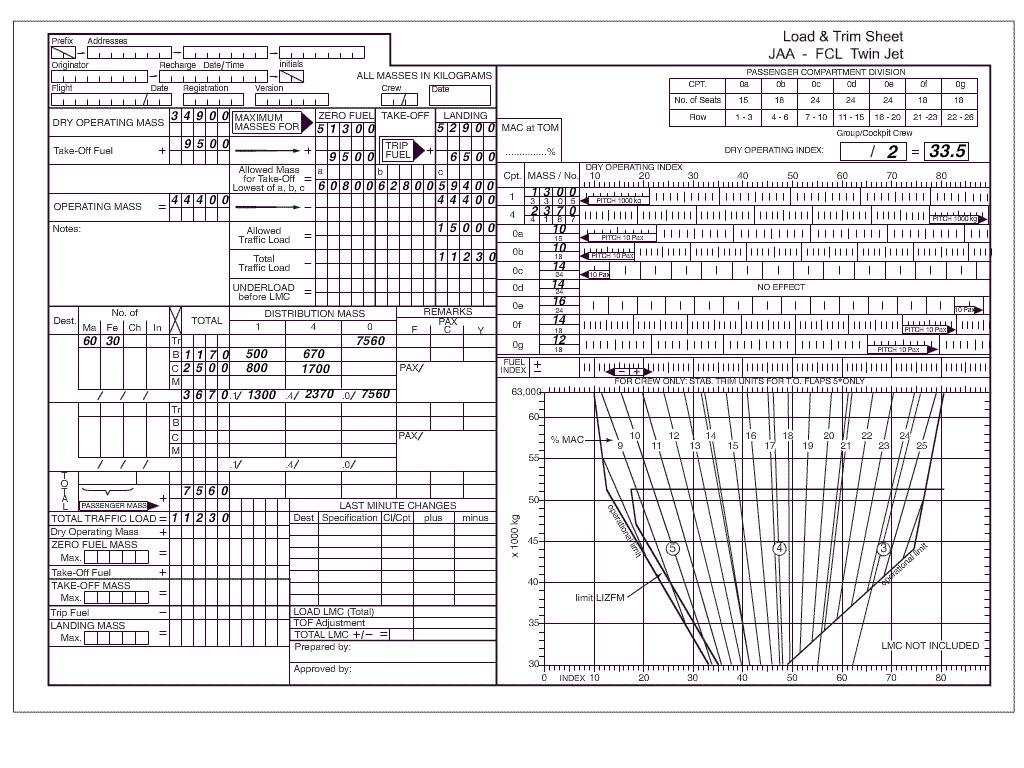 The climb limit performances are taken relative to the air.
The climb limit performances are taken relative to the air. The first segment of the take off flight path ends ?
Question 83-12 : At completion of gear retraction at completion of flap retraction at reaching v2 at 35 ft above the runway
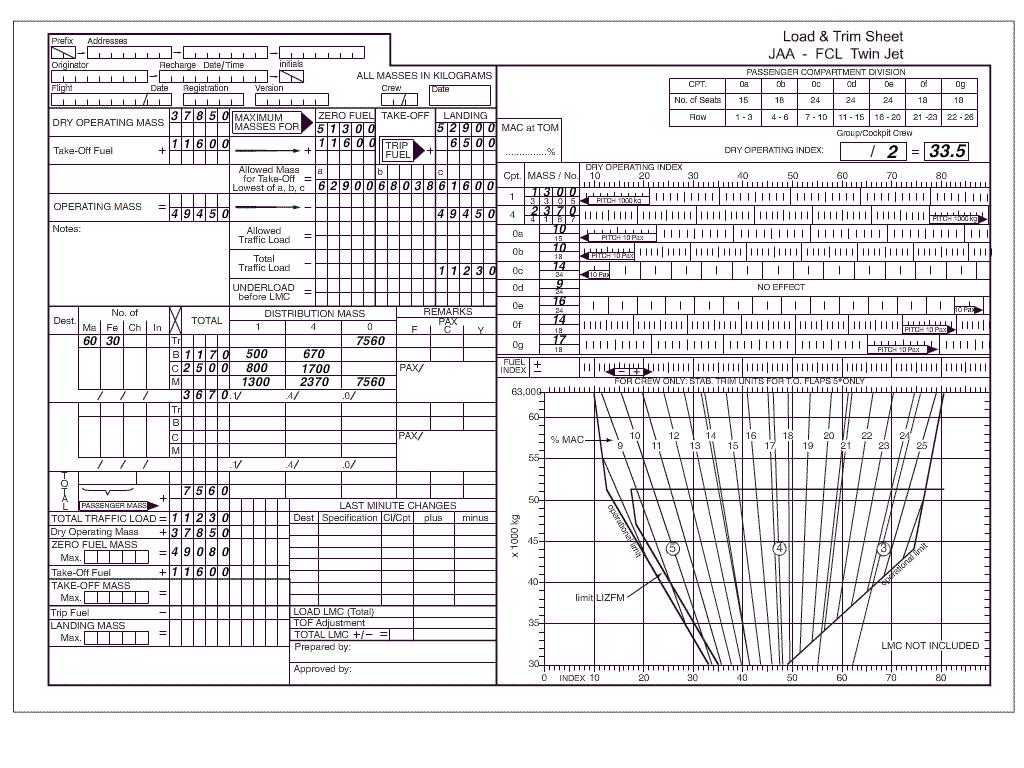 At completion of gear retraction.
At completion of gear retraction. If the climb speed schedule is changed from 280/ 74 to 290/ 74 the new ?
Question 83-13 : Lower higher unchanged only affected by the aeroplane gross mass
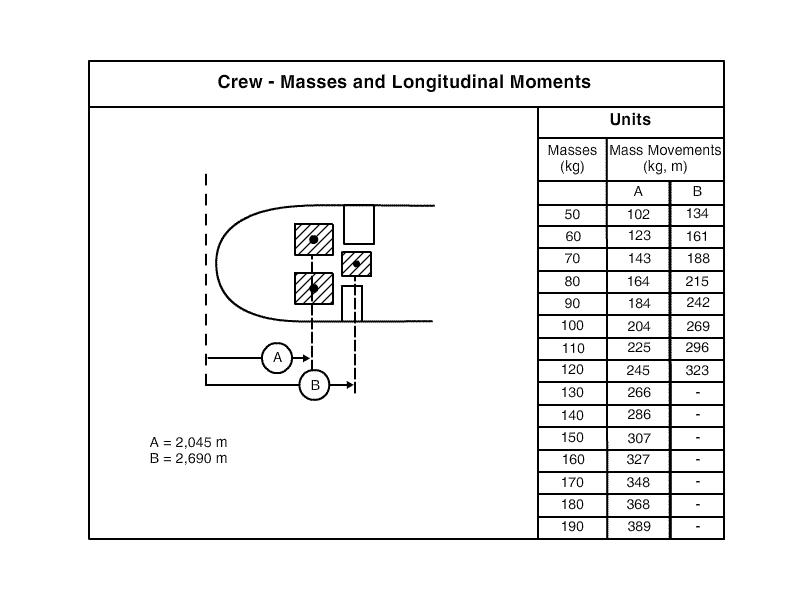 Lower.
Lower. The optimum cruise altitude is ?
Question 83-14 : The pressure altitude at which the best specific range can be achieved the pressure altitude at which the fuel flow is a maximum the pressure altitude up to which a cabin altitude of 8000 ft can be maintained the pressure altitude at which the speed for high speed buffet as tas is a maximum
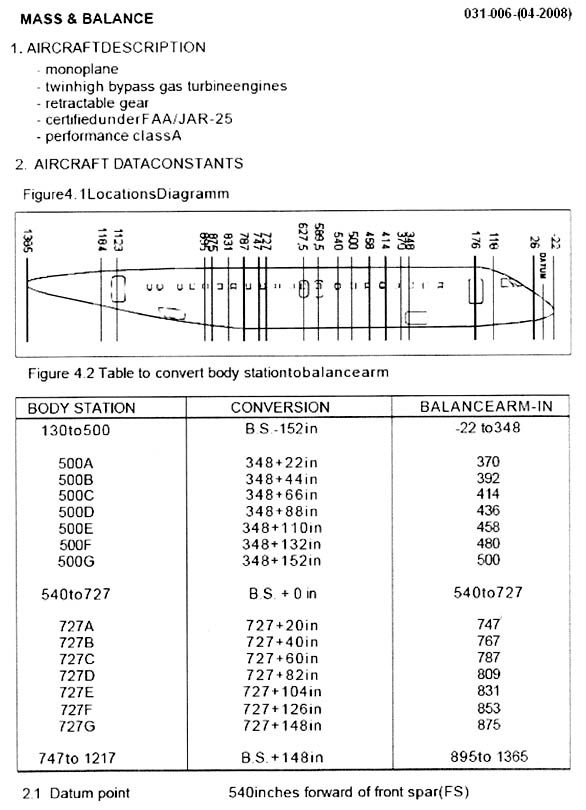 The pressure altitude at which the best specific range can be achieved.
The pressure altitude at which the best specific range can be achieved. Which of the following statements with regard to the optimum cruise altitude ?
Question 83-15 : An aeroplane sometimes flies above the optimum cruise altitude because atc normally does not allow to fly continuously at the optimum cruise altitude an aeroplane always flies below the optimum cruise altitude as otherwise mach buffet can occur an aeroplane always flies on the optimum cruise altitude because this is most attractive from an economy point of view an aeroplane usually flies above the optimum cruise altitude as this provides the largest specific range
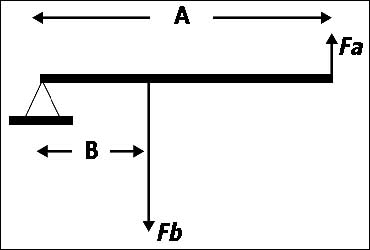 An aeroplane sometimes flies above the optimum cruise altitude, because atc normally does not allow to fly continuously at the optimum cruise altitude.
An aeroplane sometimes flies above the optimum cruise altitude, because atc normally does not allow to fly continuously at the optimum cruise altitude. Which of the following statements is applicable to the acceleration height at ?
Question 83-16 : The maximum acceleration height depends on the maximum time take off thrust may be applied the minimum legally allowed acceleration height is at 1500 ft there is no requirement for minimum climb performance when flying at the acceleration height the minimum one engine out acceleration height must be maintained in case of all engines operating
Which statement regarding the influence of a runway down slope is correct for a ?
Question 83-17 : Reduces v1 and reduces take off distance required todr increases v1 and reduces the accelerate stop distance required asdr reduces v1 and increases the accelerate stop distance required asdr increases v1 and increases the take off distance required todr
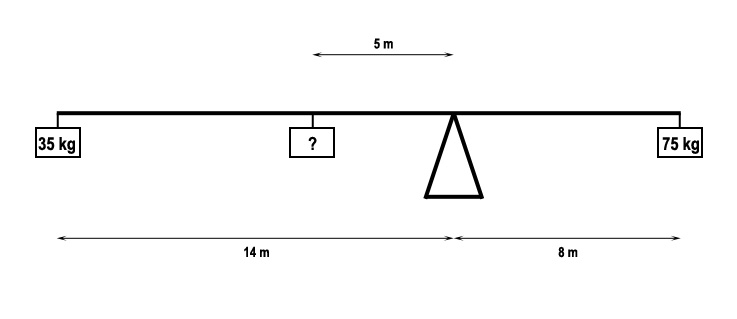 Reduces v1 and reduces take-off distance required (todr).
Reduces v1 and reduces take-off distance required (todr). If the field length limited take off mass has been calculated using a balanced ?
Question 83-18 : A greater field length limited take off mass but with a lower v1 a greater field length limited take off mass but with a higher v1 the obstacle clearance limit to be increased with no effect on v1 the obstacle clearance limit to be increased with an higher v1
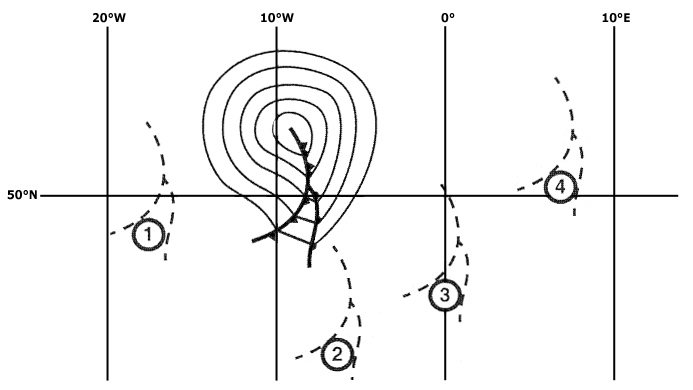 A greater field length limited take off mass but with a lower v1.
A greater field length limited take off mass but with a lower v1. Which of the following statements with regard to the actual acceleration height ?
Question 83-19 : The minimum value according to regulations is 400 ft a lower height than 400 ft is allowed in special circumstances e g noise abatement the minimum value according to regulations is 1000 ft there is no legal minimum value because this will be determined from case to case during the calculation of the net flight path
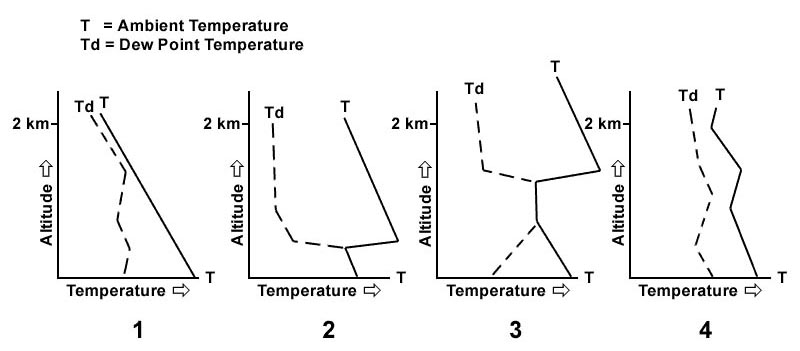 The minimum value according to regulations is 400 ft.
The minimum value according to regulations is 400 ft. According to eu ops 1 which one of the following statements concerning the ?
Question 83-20 : When determining the maximum allowable landing mass at destination 60% of the available landing runway length should be taken into account reverse thrust is one of the factors always taken into account when determining the landing distance required malfunctioning of an anti skid system has no effect on the required runway length the landing distance is the distance from 35 ft above the surface of the runway to the full stop
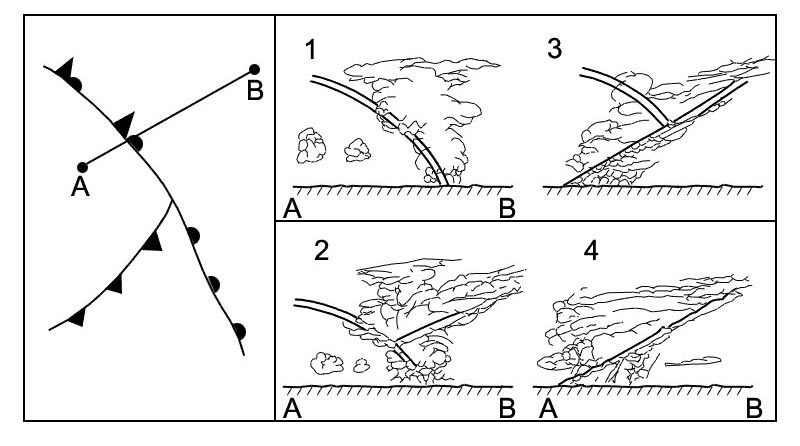 When determining the maximum allowable landing mass at destination, 60% of the available landing runway length should be taken into account.
When determining the maximum allowable landing mass at destination, 60% of the available landing runway length should be taken into account. Which one of the following statements concerning drift down is correct ?
Question 83-21 : When determining the obstacle clearance during drift down fuel dumping may be taken into account the drift down procedure requires a minimum obstacle clearance of 35 ft the drift down procedure requires a minimum descent angle after an engine failure at cruising altitude an engine failure at high cruising altitude will always result in a drift down because it is not permitted to fly the same altitude with one engine inoperative as with all engines operating
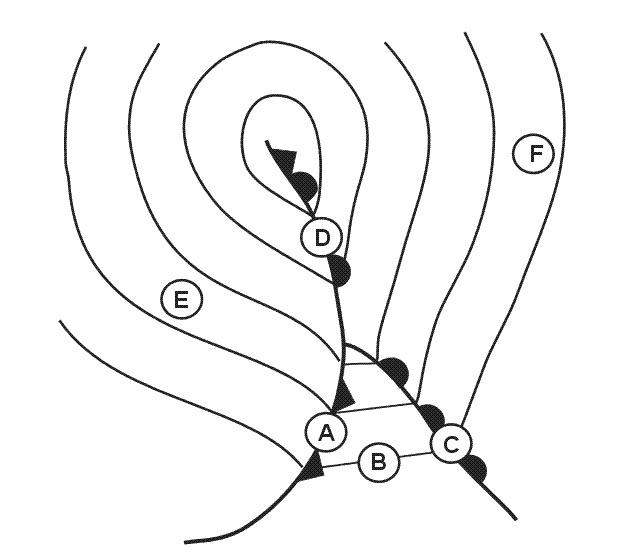 When determining the obstacle clearance during drift-down, fuel dumping may be taken into account.
When determining the obstacle clearance during drift-down, fuel dumping may be taken into account. In accordance with cs25 the take off safety speed v2min for turbo propeller ?
Question 83-22 : 1 08 vsr 1 2 vsr 1 13 vsr vsr
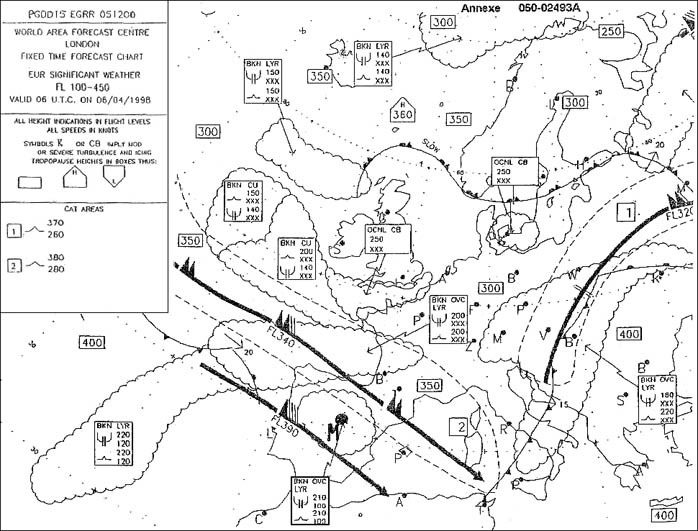 1.08 vsr.
1.08 vsr. The take off safety speed v2 for two engine or three engine turbo propeller ?
Question 83-23 : 1 13 vsr 1 25 vs 1 15 vs1 1 15 vsr
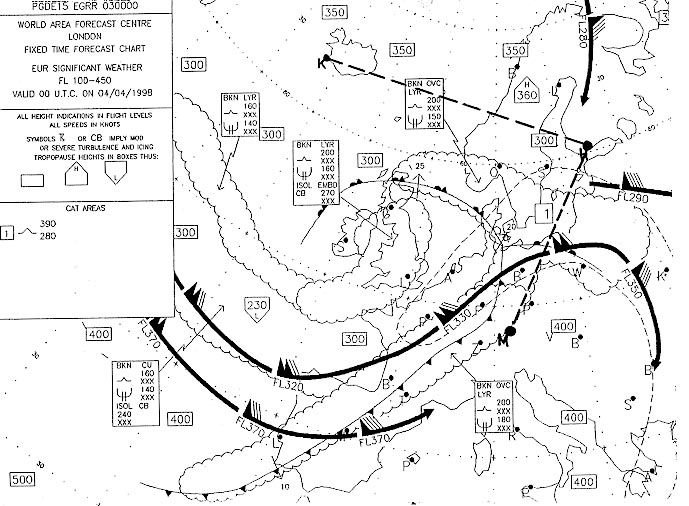 1.13 vsr.
1.13 vsr. What is the minimum field length required for the worst wind situation landing ?
Question 83-24 : 3100 m 2700 m 2900 m 2600 m
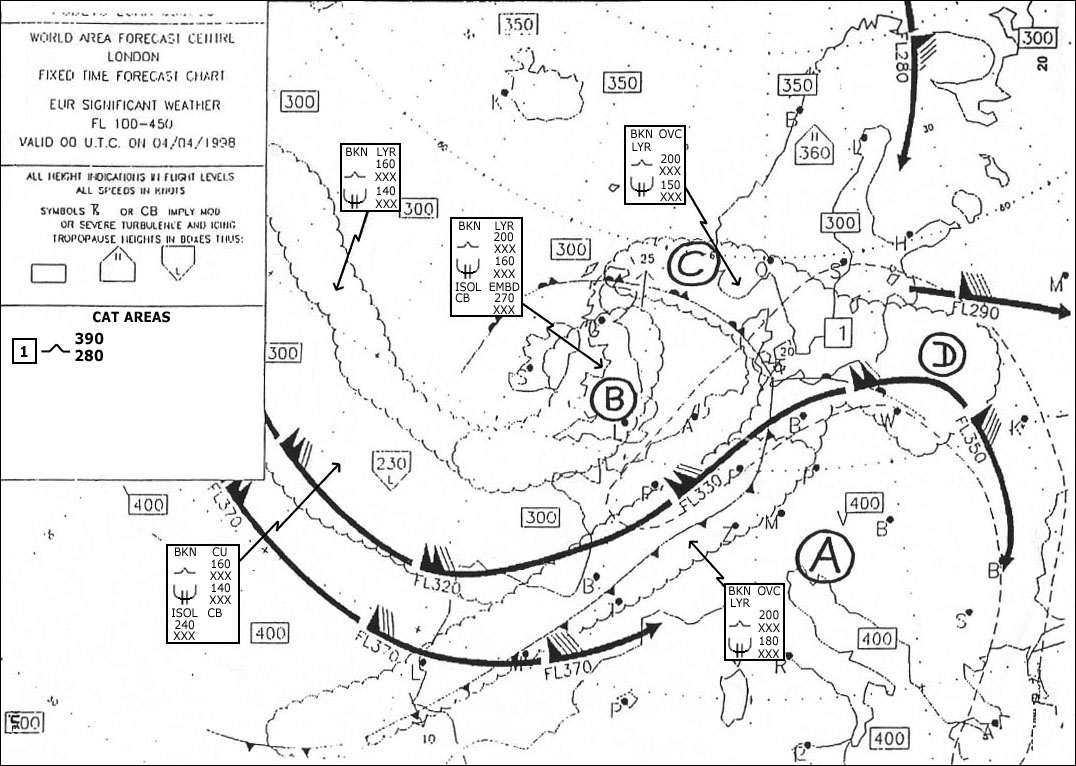 3100 m.
3100 m. The lowest point of the thrust required curve of a jet aeroplane is the point ?
Question 83-25 : Minimum drag maximum specific range maximum endurance minimum specific range
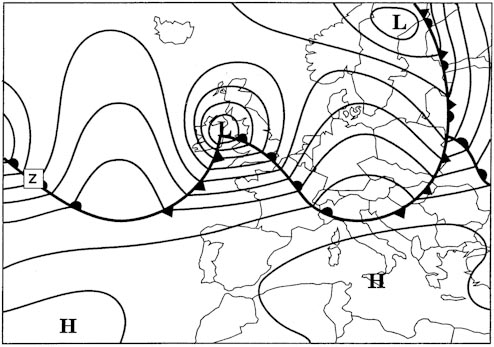 Minimum drag.
Minimum drag. The airspeed for jet aeroplanes at which 'power required' is minimum ?
Question 83-26 : Is always lower than the minimum drag speed is always higher than the minimum drag speed is lower than the minimum drag speed in the climb and higher than the minimum drag speed in the descent is the same as the minimum drag speed
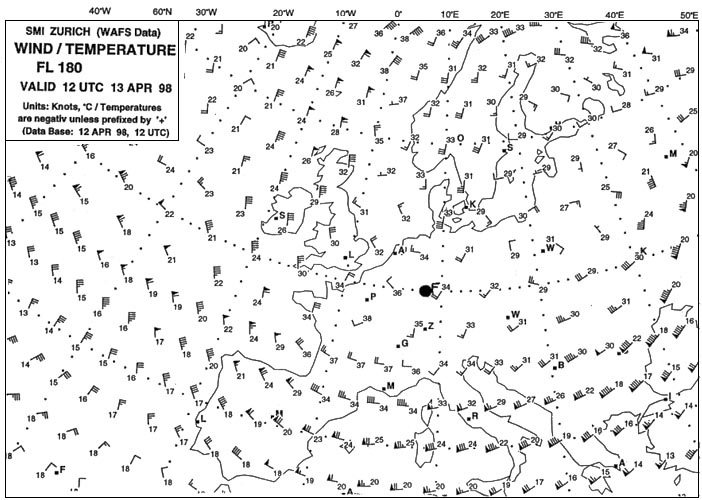 Is always lower than the minimum drag speed.
Is always lower than the minimum drag speed. The speed range between low speed buffet and high speed buffet ?
Question 83-27 : Decreases with increasing mass and increasing altitude decreases with increasing mass and is independent of altitude is only limiting at low altitudes increases with increasing mass
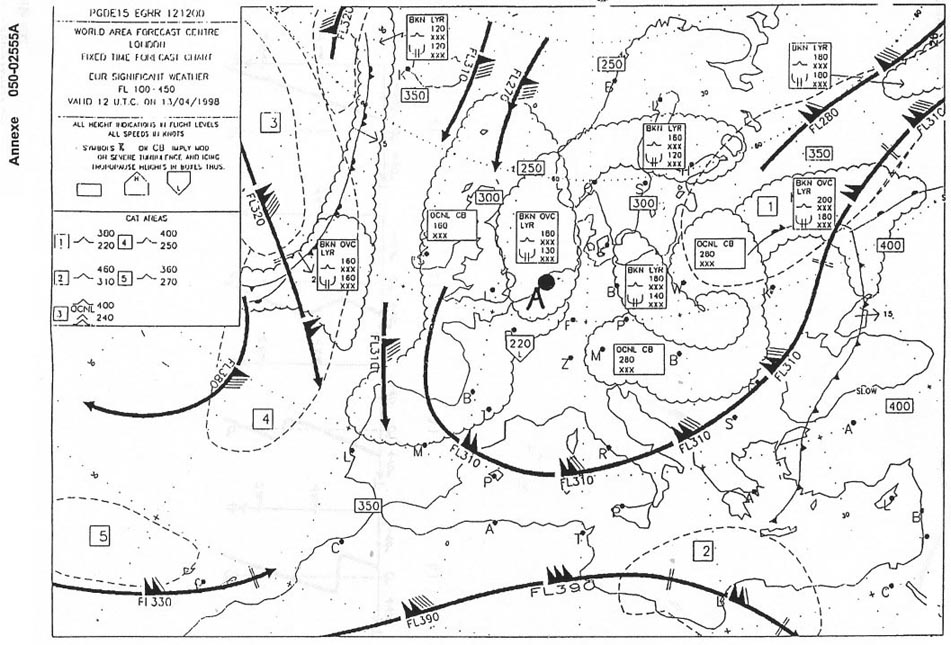 Decreases with increasing mass and increasing altitude.
Decreases with increasing mass and increasing altitude. The danger associated with low speed and/or high speed buffet ?
Question 83-28 : Limits the manoeuvring load factor at high altitudes can be reduced by increasing the load factor exists only above mmo has to be considered at take off and landing
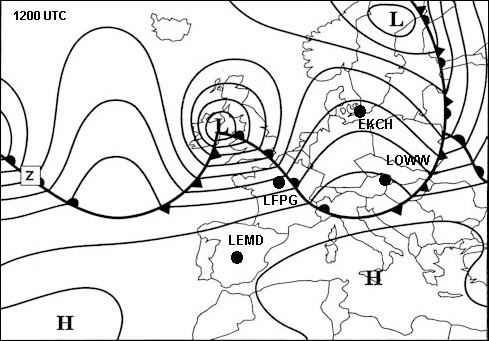 Limits the manoeuvring load factor at high altitudes.
Limits the manoeuvring load factor at high altitudes. Which of the jet engine ratings below is not a certified rating ?
Question 83-29 : Maximum cruise thrust maximum continuous thrust go around thrust maximum take off thrust
 Maximum cruise thrust.
Maximum cruise thrust. At constant thrust and constant altitude the fuel flow of a jet engine ?
Question 83-30 : Increases slightly with increasing airspeed is independent of the airspeed decreases slightly with increasing airspeed increases with decreasing oat
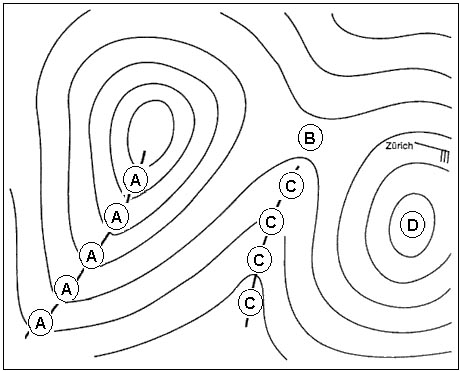 Increases slightly with increasing airspeed.
Increases slightly with increasing airspeed. The thrust of a jet engine at constant rpm ?
Question 83-31 : Increases in proportion to the airspeed does not change with changing altitude is independent of the airspeed is inversely proportional to the airspeed
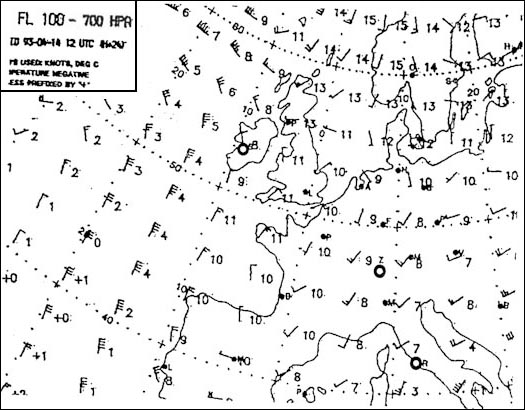 Increases in proportion to the airspeed.
Increases in proportion to the airspeed. A higher altitude at constant mass and mach number requires ?
Question 83-32 : A higher angle of attack a lower coefficient of lift a lower coefficient of drag a lower angle of attack
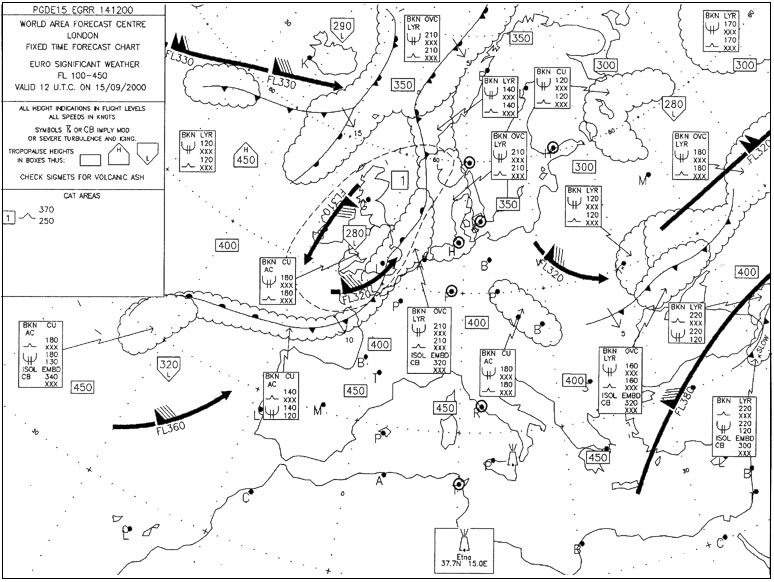 A higher angle of attack.
A higher angle of attack. The long range cruise speed is selected because ?
Question 83-33 : The higher speed achieves 99% of the maximum still air range it is the best speed for economy it is the cruise climb speed for one or two engines inoperative it achieves the specific range with a headwind
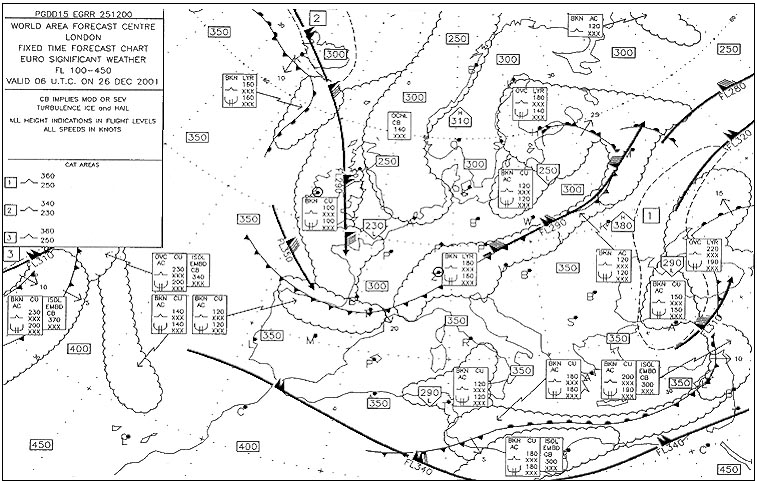 The higher speed achieves 99% of the maximum still-air range.
The higher speed achieves 99% of the maximum still-air range. The optimum altitude ?
Question 83-34 : Increases as mass decreases and is the altitude at which the specific range reaches its maximum decreases as mass decreases is the altitude at which the specific range reaches its minimum is the altitude up to which cabin pressure of 8 000 ft can be maintained
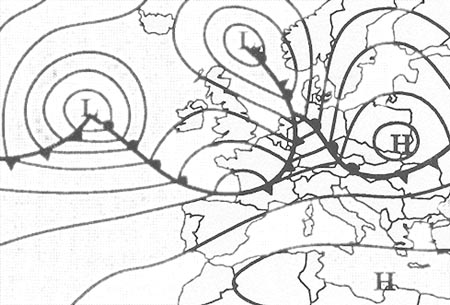 Increases as mass decreases and is the altitude at which the specific range reaches its maximum.
Increases as mass decreases and is the altitude at which the specific range reaches its maximum. The engine failure take off run is ?
Question 83-35 : The horizontal distance along the take off path from the start of the take off to a point equidistant between the point at which vlof is reached and the point at which the aeroplane is 35 ft above the take off surface 1 5 times the distance from the point of brake release to a point equidistant between the point at which vlof is reached and the point at which the aeroplane attains a height of 35 ft above the runway with all engines operative 1 15 times the distance from the point of brake release to the point at which vlof is reached assuming a failure of the critical engine at v1 the distance of the point of brake release to a point equidistant between the point at which vlof is reached and the point at which the aeroplane attains a height of 50 ft above the runway assuming a failure of the critical engine at v1
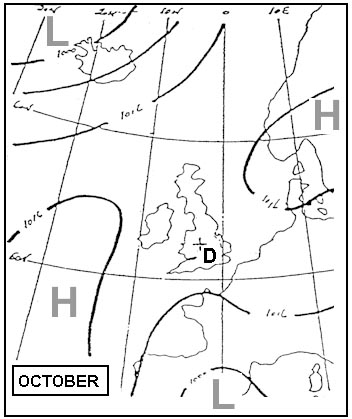 The horizontal distance along the take-off path from the start of the take-off to a point equidistant between the point at which vlof is reached and the point at which the aeroplane is 35 ft above the take-off surface.
The horizontal distance along the take-off path from the start of the take-off to a point equidistant between the point at which vlof is reached and the point at which the aeroplane is 35 ft above the take-off surface. Reduced take off thrust ?
Question 83-36 : Has the benefit of improving engine life can be used if the actual take off mass is higher than the performance limited take off mass is not recommended at very low temperatures oat can be used if the headwind component during take off is at least 10 kt
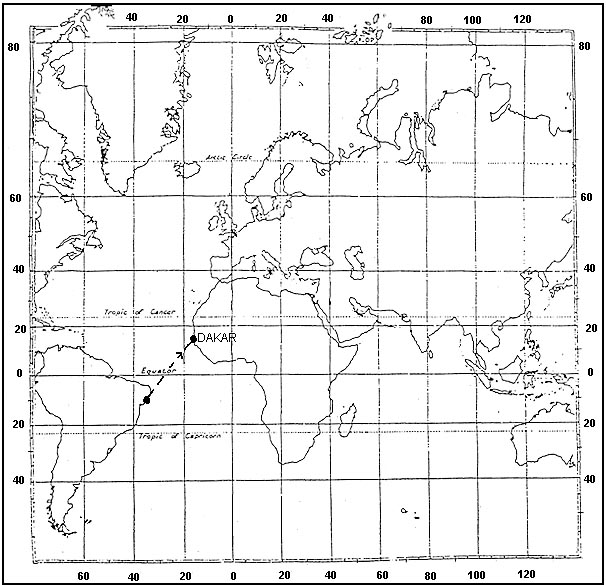 Has the benefit of improving engine life.
Has the benefit of improving engine life. A 'balanced field length' is said to exist where ?
Question 83-37 : The accelerate stop distance is equal to the take off distance available the clearway does not equal the stopway the accelerate stop distance is equal to the all engine take off distance the one engine out take off distance is equal to the all engine take off distance
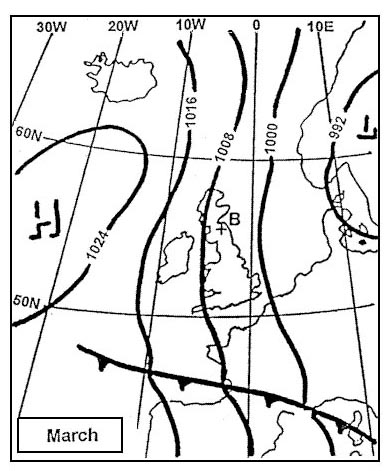 The accelerate stop distance is equal to the take-off distance available.
The accelerate stop distance is equal to the take-off distance available. The optimum cruise altitude increases ?
Question 83-38 : If the aeroplane mass is decreased if the temperature oat is increased if the tailwind component is decreased if the aeroplane mass is increased
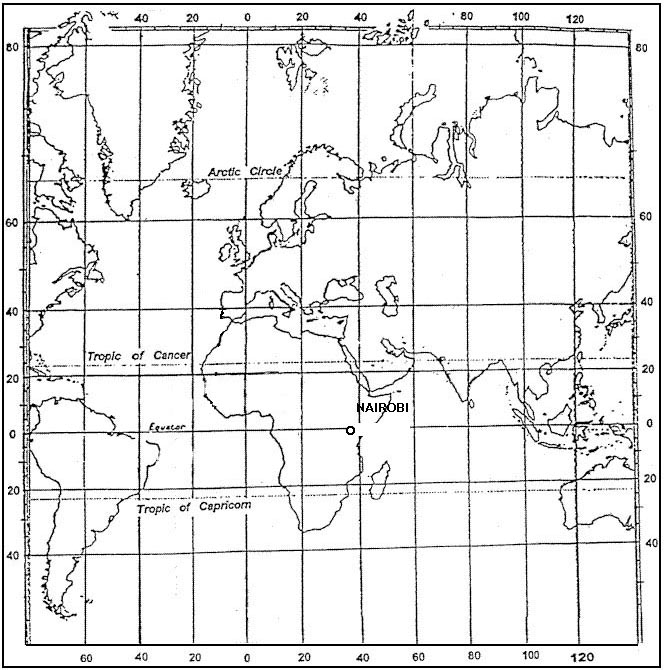 If the aeroplane mass is decreased.
If the aeroplane mass is decreased. Below the optimum cruise altitude ?
Question 83-39 : The mach number for long range cruise decreases continuously with decreasing altitude the ias for long range cruise increases continuously with decreasing altitude the tas for long range cruise increases continuously with decreasing altitude the mach number for long range cruise increases continuously with decreasing altitude
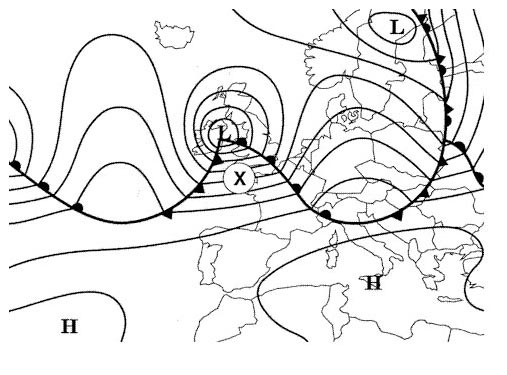 The mach number for long range cruise decreases continuously with decreasing altitude.
The mach number for long range cruise decreases continuously with decreasing altitude. If after experiencing an engine failure when cruising above the one engine ?
Question 83-40 : Drift down procedure emergency descent procedure etops long range cruise descent
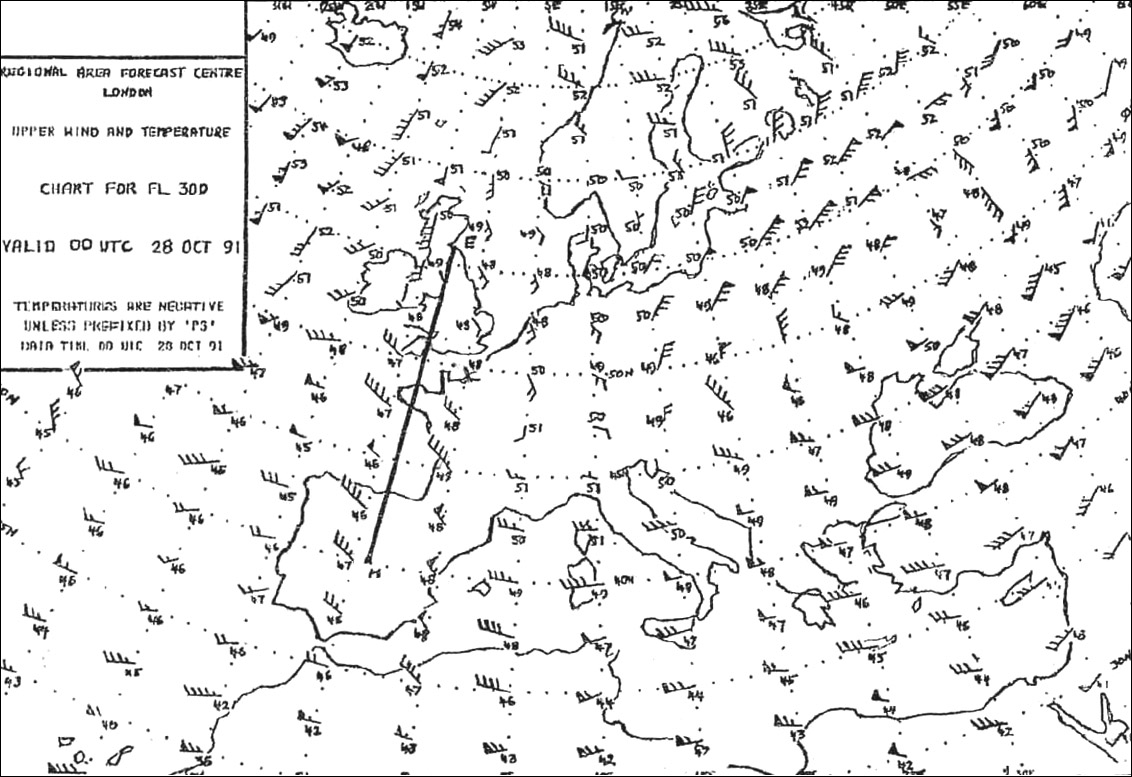 Drift down procedure.
Drift down procedure. ~
Exclusive rights reserved. Reproduction prohibited under penalty of prosecution.
3279 Free Training Exam
